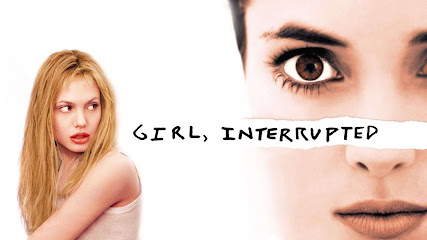Girl, Interrupted- Sad Drama (Genre Research)
In sad dramas, camera angles often reflect the emotional tone. Close-ups on characters' faces capture the depth of their emotions. Slow, deliberate camera movements and long takes may be used to enhance the somber atmosphere. Wide shots may emphasize isolation or the weight of the surroundings. The mise-en-scène in sad dramas often features subdued and muted colors. Settings may include gloomy or desolate landscapes, and costumes could reflect the characters' emotional state. Lighting tends to be soft, contributing to a melancholic ambiance. Editing in sad dramas is often deliberate, with pacing that allows emotional moments to linger. Flashbacks and non-linear editing may be used to unravel the complexities of characters' pasts. Subtle transitions help maintain a contemplative mood. Melancholic musical scores, ambient sounds, and minimalistic use of sound effects characterize the sound in sad dramas. Dialogues are often reflective and laden with emotional weight. Silence may be used to underscore moments of grief or contemplation. More examples of sad dramas- The Fault in Our Stars, Atonement, Manchester by the Sea. I appreciate the genre's ability to evoke deep emotions and explore the complexities of the human experience. Strong character development, poignant storytelling, and the courage to address challenging themes are aspects that I find compelling. Excessive melodrama or manipulation of emotions without substance can be a drawback. If a sad drama lacks depth in character development or resorts to clichés, it may not resonate as authentically. Balancing sorrow with meaningful resolution is essential for a satisfying experience in this genre.




Comments
Post a Comment